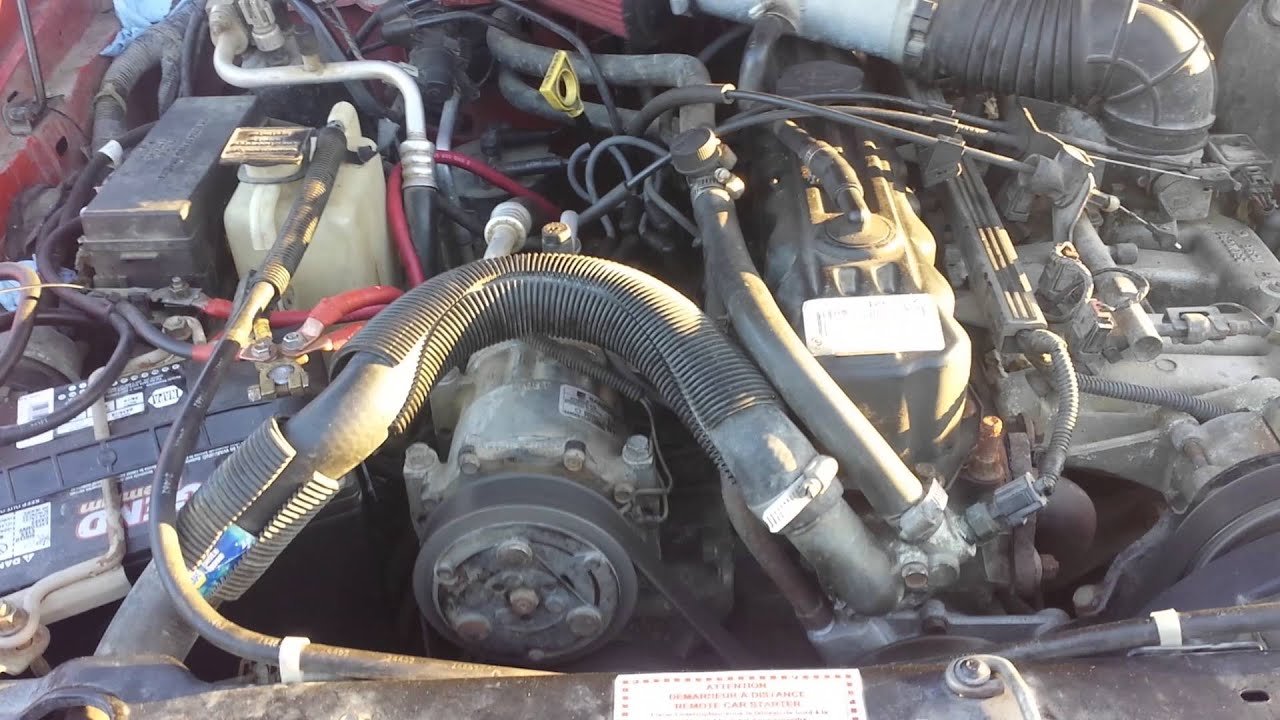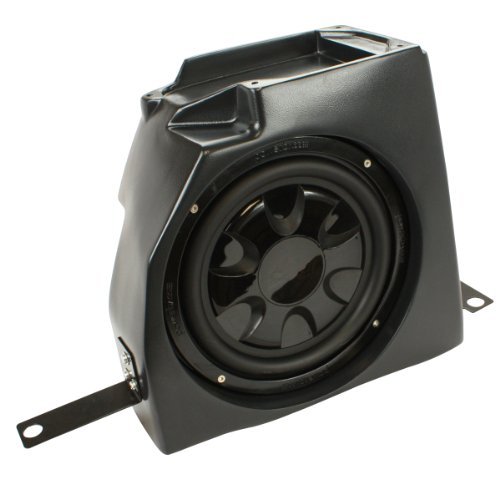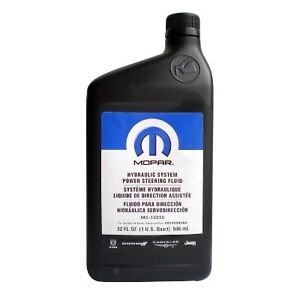Jeep Xj Crank No Start
If you have ever come across a situation where your Jeep XJ cranks but won’t start, the sensation of panic isn’t unfamiliar. It’s one of those hair-pulling, nerve-racking moments that add an unwanted dose of adventure to your day. Now, let me reassure you that the last thing you need to do is panic. There are several potential reasons why your Jeep XJ isn’t starting, and thankfully, most of them have straightforward solutions.

Understanding Why Jeep XJ Cranks But Won’t Start
When your Jeep XJ cranks but refuses to start, it means that there’s an issue preventing the initiation of the engine’s combustion process. Even though it’s a hindrance, keep in mind that it’s a safety measure as well, ensuring that the vehicle only starts when all the essential elements are in sync.
To unearth the root cause, there are three primary components you need to scrutinize: fuel, spark, and air – the principal elements required for an engine to start. A shortage or absence of any of these factors results in the crank but no start condition.
If the supply of fuel to the engine is insufficient, it disrupts the combustion process preventing the engine from starting. Issues concerning the fuel pump, the fuel filter or even the fuel injectors could be hindering the fuel flow.
The combustion process also demands a necessary spark to ignite the fuel-air mixture. If there’s no spark or it’s weak, it could be due to problems with the ignition coil, spark plugs, or related components.
Besides, the air is required for the fuel mixture. So, a malfunctioning air intake system or a clogged air filter might be responsible for the choke up as well.
Fuel Related Causes and Solutions
If the issue lies in the fuel system of your car, it may display a few tell-tale signs that can help you confirm the problem:
– The vehicle cranks but does not start.
– The engine starts but dies shortly after.
– The vehicle experiences poor fuel efficiency.
Now, let’s review some of these fuel-related problems and their corresponding solutions:
– Faulty Fuel Pump: If the fuel pump fails, it cannot send fuel from the tank to the engine properly. You can verify this by listening for a buzzing sound from the pump when you turn the ignition key to the “ON” position.
– Solution: Replace the faulty fuel pump.
– Clogged Fuel Filter: An excessively clogged filter will restrict fuel flow to the engine. A routine maintenance schedule will prevent this from happening.
– Solution: Regularly replace the fuel filter as per the recommended schedule.
– Faulty Fuel Injectors: If the fuel injectors are damaged or clogged, they might not be able to deliver fuel to the engine efficiently.
– Solution: Clean or replace the faulty fuel injectors.
Spark Related Causes and Solutions
Similarly, if the problem lies with the ignition system, your car may exhibit the following symptoms:
– The vehicle runs exceptionally rough
– The engine misfires
– There’s a decrease in fuel efficiency
Common spark-related problems and their solutions include:
– Faulty Spark Plugs: If the spark plugs are worn out or fouled, they cannot produce the spark needed to ignite the fuel.
– Solution: Replace the spark plugs.
– Defective Ignition Coil: A faulty ignition coil lacks the ability to supply power to the spark plugs.
– Solution: Replace the defective ignition coil.
Air Related Causes and Solutions
If your car is displaying these symptoms, the issue might be related to the air intake system:
– The vehicle runs rough or stalls after starting.
– The engine runs rich (too much gas, not enough air).
Air-related issues are mostly linked to:
– Dirty Air Filter: An excessively dirty air filter can restrict the air flow to the engine, disturbing the air-fuel mixture.
– Solution: Regularly replace air filters.
– Malfunctioning Mass Air Flow Sensor: A faulty mass airflow sensor won’t be able to accurately measure the amount of air entering the engine, leading to a disturbed air-fuel mixture.
– Solution: Clean or replace the malfunctioning mass airflow sensor.
Frequently Asked Questions
Q. Can a bad battery cause a crank no start situation?
While a bad battery might not provide enough cranking power, in some cases, the battery could have enough power to crank the engine, but not to start it. In such cases, replacing or charging the battery would be the solution.
Q. Can the crankshaft position sensor generate a crank no start condition?
Yes. A faulty crankshaft position sensor can cause a crank but no start situation. The sensor’s role is to monitor the position or rotational speed of the crankshaft. If it’s malfunctioning, it can send a wrong signal to the car’s computer, causing the engine to crank but not start.
Q. Does the throttle position sensor affect starting?
Yes, a faulty throttle position sensor can cause start up problems in cars. Since the sensor helps regulate the air-fuel mixture, any malfunction can disrupt the engine’s operations, causing the car to crank but not start.
Final Thoughts
While it could be quite unnerving to find your Jeep XJ cranks but won’t start, the situation isn’t always as grave as it seems. Many of the issues we have discussed are not only diagnosable but fixable as well.
The key is to stay calm. Use the process of elimination to identify whether the issue lies within the fuel, spark, or air systems of the vehicle. Armed with this analysis, you can then get the problem fixed and be back on the road swiftly.
Remember, regular maintenance is the best way to prevent such scenarios. An efficiently running vehicle is less likely to have these issues in the first place. If you still encounter such problems frequently, it might be time to discuss it with a professional mechanic.







